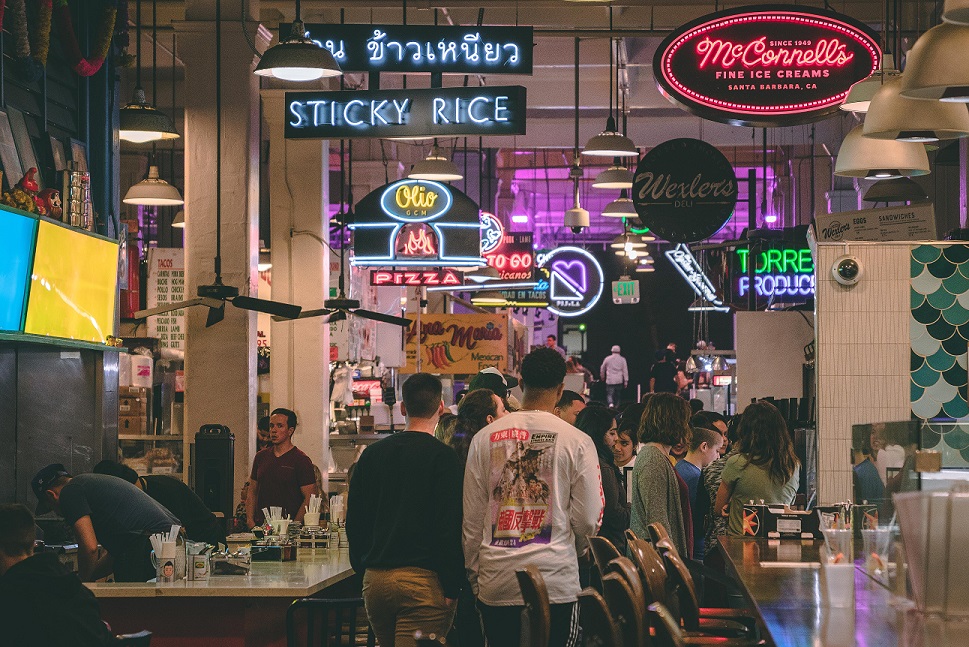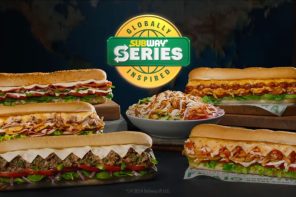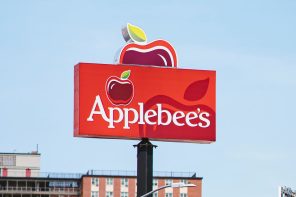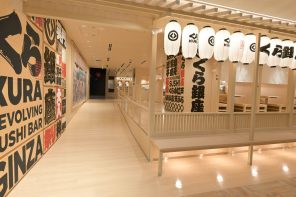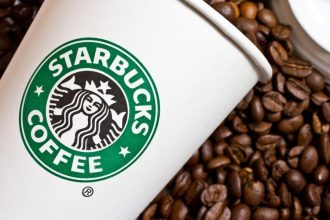Here’s a concept that seems stupidly simple but is actually a technologically complex feat: letting customers order from multiple virtual restaurants with a single digital transaction.
As ghost kitchens multiply, the idea of housing multiple restaurant concepts under one roof grows ever more commonplace, particularly in the United States with concepts like Kitchen United’s Mix platform, Crave Collective’s virtual food hall or individual restaurants simply cooking up more than one menu in their kitchens.
Until recently, customers wanting to order from such facilities had to do so through third-party delivery services like Uber Eats and DoorDash, making a separate transaction for each brand they ordered from, despite those brands being physically housed under the same roof.
While not the foodservice world’s biggest problem, it does add to customer friction when ordering online, and these days, the restaurant business is all about avoiding friction. It follows, then, that some are working to change this siloed ordering process for customers.
For example, Kitchen United (KU) has its Mix platform where customers can order from several different brands via the KU website. Crave Collective has 16 different brands available via a single app. Restaurant tech company Lunchbox is powering C3’s virtual food halls, making all choices accessible from a single interface.
In addition to letting customers ditch the third-party delivery services and order directly from the ghost kitchen or virtual food hall, these digital properties (and others) also let customers mix and match meals from multiple different restaurant brands.
The idea is simple: Take a bunch of different virtual restaurants housed in a single ghost kitchen and make them all available via a single interface (e.g., an app or website). Consumers can mix and match orders from different businesses, pay for them with a single transaction, and get all the food delivered at once.
The execution of this idea is less simple. As Kitchen United’s chief business officer, Atul Sood explained, “bundling” different concepts is a technologically complex feat and therefore an expensive and time-consuming endeavour for businesses to attempt.
Imagine a family where one person wants a burger, another wants Chinese food, and another prefers pizza. They want to order all their items at once and have them arrive via the same delivery driver at the same time.
To do that, there are a few different considerations. First of all, the concepts have to be under one roof — hence the rise of ghost kitchens and virtual food halls a la Kitchen United Mix. Additionally, the fire times need to be coordinated across those different concepts. A poke bowl and a rack of ribs don’t take the same amount of time to prepare, and coordinating those pieces is “a technological challenge,” according to Sood.
KU Mix has solved these and other challenges by building out its own in-house technology system. The company has even launched a version of it outside the walls of its own facilities. At Westfield Malls, it is installed to enable a more digital and off-premises-friendly food court experience, for example.
“It doesn’t make sense for a restaurant to develop this type of technology [themselves],” said Sood. “It just makes sense for them to license it from somebody else.”
Kitchen United Mix is one example of this technology at work. It also seems to be an obvious opportunity for restaurant tech companies in general since there aren’t many platforms yet specialising in this type of functionality.
Demand for digital ordering is only going to increase, and even outside of the virtual food hall, there are plenty of relevant contexts for this multi-concept ordering such as sport venues, airport food courts, and shopping malls.


